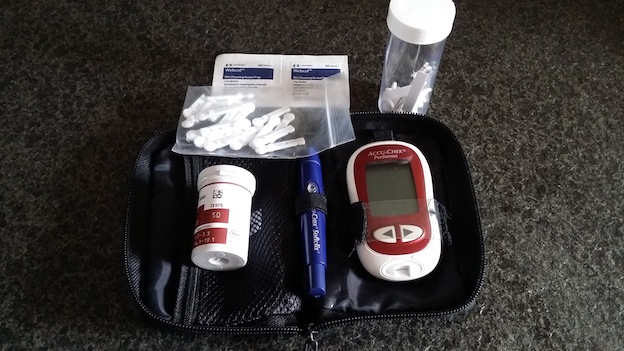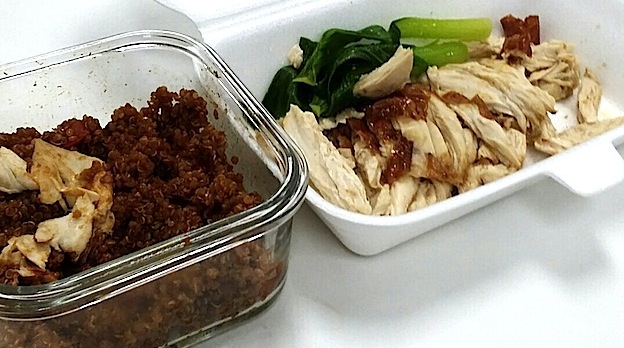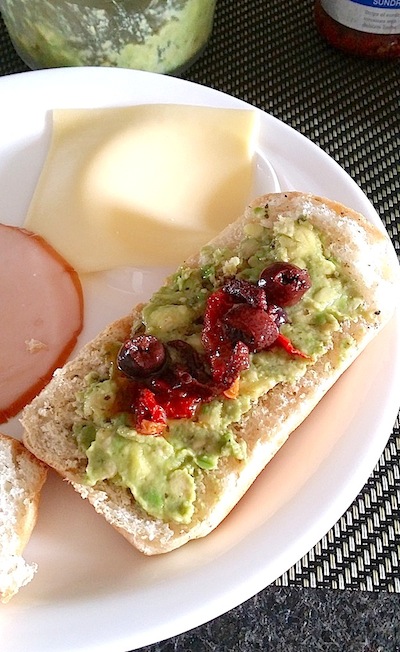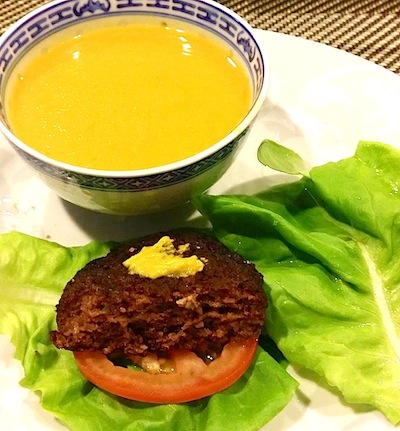SingaporeMotherhood | Parenting
July 2014
Gestational Diabetes: How I Cope

Does it happen to you, taking things for granted the second time round?
In my case it’s my second pregnancy. When I was pregnant with E the first time round, it was as smooth as could be. I had evening sickness but it only troubled me only during the first trimester. My tummy was small so I was pretty mobile. I had no major cravings. Each gynae checkup showed that the baby was growing well. The only hiccup I had was a lack of amoniotic fluid that resulted in me being induced for labour two weeks early. Overall, I had a pretty fuss-free pregnancy.
This second pregnancy, I’ve definitely been taking things for granted. For starters, I am exercising a lot less. During my first pregnancy, I would religiously stretch and do pre-natal yoga every morning. This time around, zilch.
[banner][/banner]
I rationalised that running after a toddler is an exercise in itself. I’m less careful with my diet, caving into my cravings of all things sweet and indulging in junk food – hey, the gynae did tell me to put on more weight!
“The results of the glucose test came back, you have borderline gestational diabetes (GD)”, the nurse called to tell me. I got a shock. What does that mean?
A week later, at the gynae, they showed me the results. They weren’t kidding when they said borderline. Less than 140, all is good, 140 and more, it’s bad. My reading was right smack at 140.
Borderline. That just sucks. I’m not in a bad enough state where I can wallow in self-pity and complain about the horrid fate I’ve been dealt with. Yet at the same time, I can no longer eat with free abandonment. One word best described my feelings — sianz (“A wonderfully concise Hokkien adjective which conveys boredom, weariness, frustration and emptiness. The English equivalent would be ‘ennui'” – The Coxford Singlish Dictionary).
Gestational diabetes (GD) can develop in women during pregnancy (and go away after birth). With changes in hormone levels due to pregnancy, the insulin levels in the body drop. The body is unable to ‘off-load’ the sugar in the blood vessels to the cells.
Risks include: a larger-sized baby (who is taking in all this sugar in your placenta) making delivery harder, a baby who has a higher risk of developing diabetes in the future (very worrying), and for the mother, the risk of developing type 2 diabetes in the future.
 My GD testing kit or should I say ‘pricking kit’
My GD testing kit or should I say ‘pricking kit’
All my life, I never had to bother about what I ate. I am small in frame and can pretty much eat anything and everything. I never counted calories, nor looked at food labels. With GD, I have to.
I sat down with a dietician to run through my dietary habits, learned about carbohydrates exchange, how much of this I was allowed each day and for each meal, and learned how to look at food labels.
During the session, it became clear that my main problem was breakfast. My father-in-law often buys us breakfast. Unfortunately, his kindness is my downfall. Mee siam, vegetarian beehoon, lor mee, and nasi lemak are now a big ‘no’ for me. For mums who eat out often, it’d be wise to check the Health Promotion Board’s Singapore Food Composition Table 2004, which lists hawker food carbohydrate exchanges. You can find it here.

The big surprise for me was fruits. I munch on fruits all the time. I’d always thought they were a healthier option. Imagine my surprise when I found out that six to eight grapes or one slice of watermelon would equate to one carbohydrate exchange.
Clearly, I had to re-think the way I ate. First, no more sugar. This meant no more cakes, ice-creams or sweet drinks or teh (tea). Second, I had to cut down the amount of rice and noodles (I can eat six to eight heaped teaspoons of rice per meal). Third, I had to increase my vegetable and protein intake.
I ended up eating plain oats for breakfast for a couple of days. They were yucky tasting. Then I did some research on GD diets and found some interesting recipes that I have adapted for my own use.
One of my favorite ways to replace rice and noodles is to use quinoa. This is a tomato-based version the hubs cooked for me. It’s easy to prepare, keeps well in the fridge and tastes great even when it’s cold, making it perfect for working mums who have to eat out.
For breakfast, a sandwich works well. I’ll add turkey breast, chicken, or ham, and top this with sundried tomatoes, olives, cheese, gerkins. I’ve tried peanut butter and pork floss – both did not affect my glucose level. You can also make your own spread. I whipped up an avocado pesto spread in five minutes and it was really yummy.
For lunch and dinner? Well we had veggie burgers the other night. You can also do a variation of sliced meat wrapped in lettuce (like you do in a Korean BBQ).
Steamboat is another great option, as you usually eat the vegetables and the meat and less of the carbs. Yong tau foo is my easy go-to lunch staple, though the older Chinese would advise you not to eat too much bean curd as it has a “cooling” effect.
For snacks, I take Digestive biscuits with goat’s milk, mixed nuts, or roasted soya beans.
Beverage wise, I am pretty much limited to water. To jazz it up, I add chia seeds and lemon. Chia seeds are tiny ‘superfood’ seeds with loads of Omega3 so they’re fantastic for the baby. When put in water, the seeds become little bubbles, giving plain old water some much-needed texture. Serve it cold with lemon and it’s absolutely delightful in our scorching Singapore heat.
I’ll be sharing more meal ideas on my blog as well. Do head over to find out more if you are interested.
Finally, here’s something very important to know: I’ve been tricked by the so-called healthy snacks, granola bars and cereals that you can find at the supermarket. They’re marketed as low GI (low sugar) products. However, if you look at the food labels you can see that they are still high in carbohydrates. Always check the ingredient list of any product that you buy. If sugar is one of the first few items listed, you can be sure it’ll cause a spike in your GD reading.
Jacqueline Chow-Voo is a host, presenter, actress with a Masters degree that comes to nought when tackling matters of motherhood. Mum to a fiercely independent almost two-year-old girl whose cheekiness never fails to amuse and a yet-to-be named boy whose powerful kicks befit his birth zodic of ‘horse’. Wife to a wonderful husband who constantly tickles her funny bone. Jacqueline is represented by Fly Entertainment.
All content from this article, including images, cannot be reproduced without credits or written permission from SingaporeMotherhood.
Follow us on Facebook, Instagram, and Telegram for the latest article and promotion updates.









